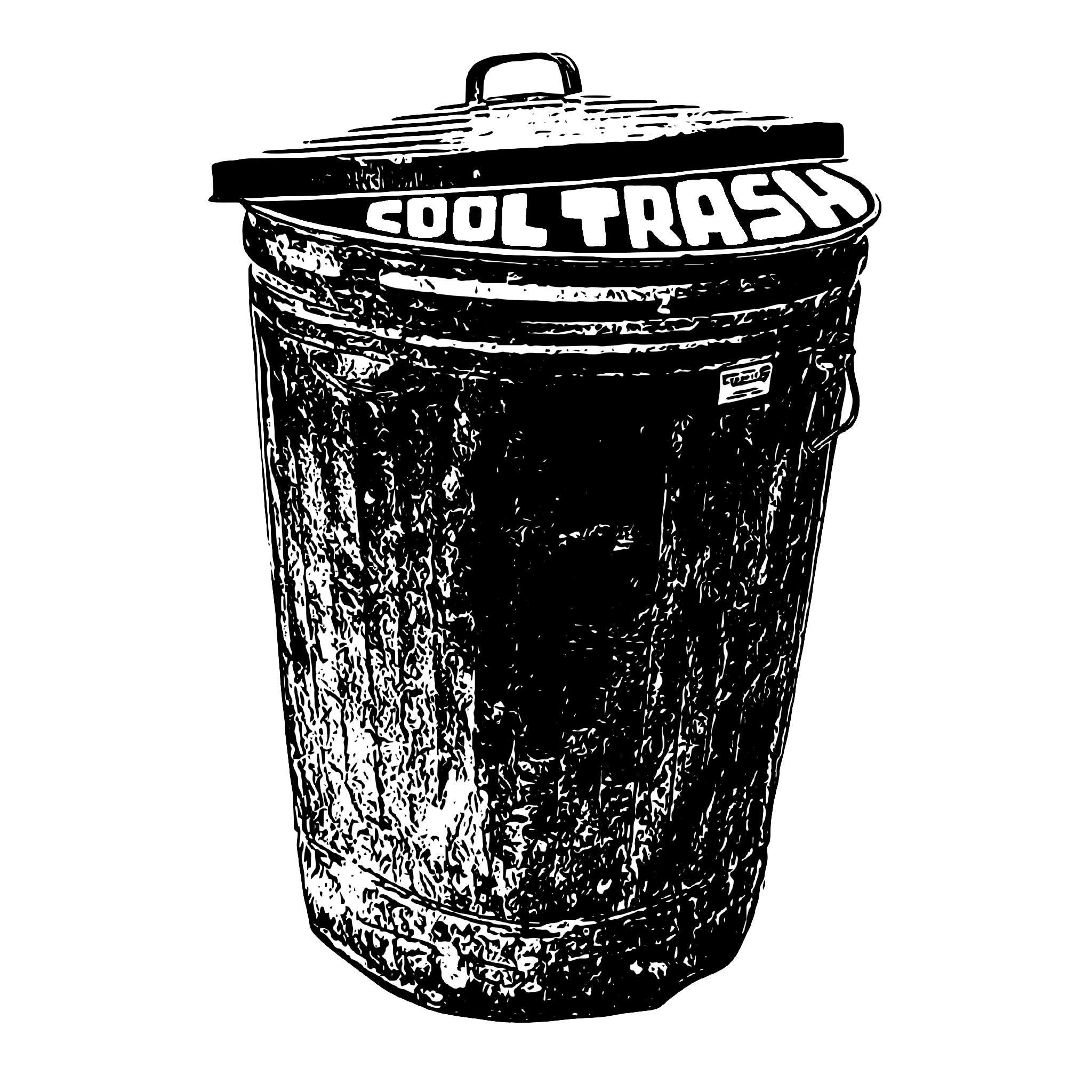about
Cool Trash started in 2022 as an official label for the creative exploits of Emma Crutcher-mcgowan. Cool Trash offers beautiful, durable, unique products made from 100% recycled post-consumer and post-industrial waste plastic. Currently based out of Minneapolis, Minnesota USA, Emma has always been fascinated by trash and is thrilled to make it her life's work.
Cool Trash is part of the Precious Plastic universe, an open-source network of individuals and groups recycling plastic on a community scale.
One of Cool Trash’s goals is to become a full Precious Plastic workspace.
A full workspace includes a shredder, an extruder, an injection molding machine, and a sheet press.
Great news! Shredder and sheet press machines were acquired early 2024. injection molding coming early 2026!
These machines will enable Cool Trash to more efficiently produce large scale products and fulfill high-quantity jobs.
The Plastic Problem
On a daily basis we buy, use, and generate a huge amount of plastic. Once this plastic is used, usually for a very short time, it’s discarded. Depending on where you live, you might drop it off at a local recycling point or they’ll collect it from your home to take it to further processing.
This is normally where the problems begin.
But why - it’s being recycled, right?
Another goal is to pursue relationships with community members and local businesses committed to reducing plastic waste.
I can do this by first encouraging use of plastic alternatives where possible while providing recycled, custom-made options for necessary plastic items.
I intend to provide both raw material for artistic application and readymade items for immediate use.
Well, the plastic that people throw in their recycling bin is unsorted, usually dirty and often mixed with other materials (the soda bottle with the film label, for example).
As we’ve learned already, separating plastics is fundamental to proper recycling and, well, they aren’t going to do it for us.
Industrial sorting is possible, with infrared scanning, water density techniques and hand picking, but it’s no way near efficient enough to sort through the 348 million metric tons that is produced every year.
As if this isn't enough, collection systems worldwide are not standardized. Every country and municipality within that country has different regulations.
okay, that's grim. So what happens to it?
Sometimes the plastic is recycled. As you’ve probably read somewhere, it’s only around 9%. It needs to go through a very complex, expensive, time-consuming and energy-intensive process and most countries don’t even have this option.
The other, more likely scenario is that plastic is either burnt, sent to a landfill, dumped in the ocean, or sent on a cargo ship to Asia or Africa.
These solutions cause huge environmental damage and social oppression.
Adapted from Precious Plastic website.
Let’s solve the plastic problem together.
Recycling collection systems are subsidized by the state, city, county, or municipality through taxpayer money.
This is a bureaucratic and fundamentally Eurocentric system in and of itself. In most places, this is not organizationally possible, especially considering the fact that this problem of excess did not originate in the countries where the waste itself ends up.
The west is the biggest producer of plastic waste on the planet. Does this mean that the current recycling system is racist and colonialist?
Yes. Let's do something about it.





